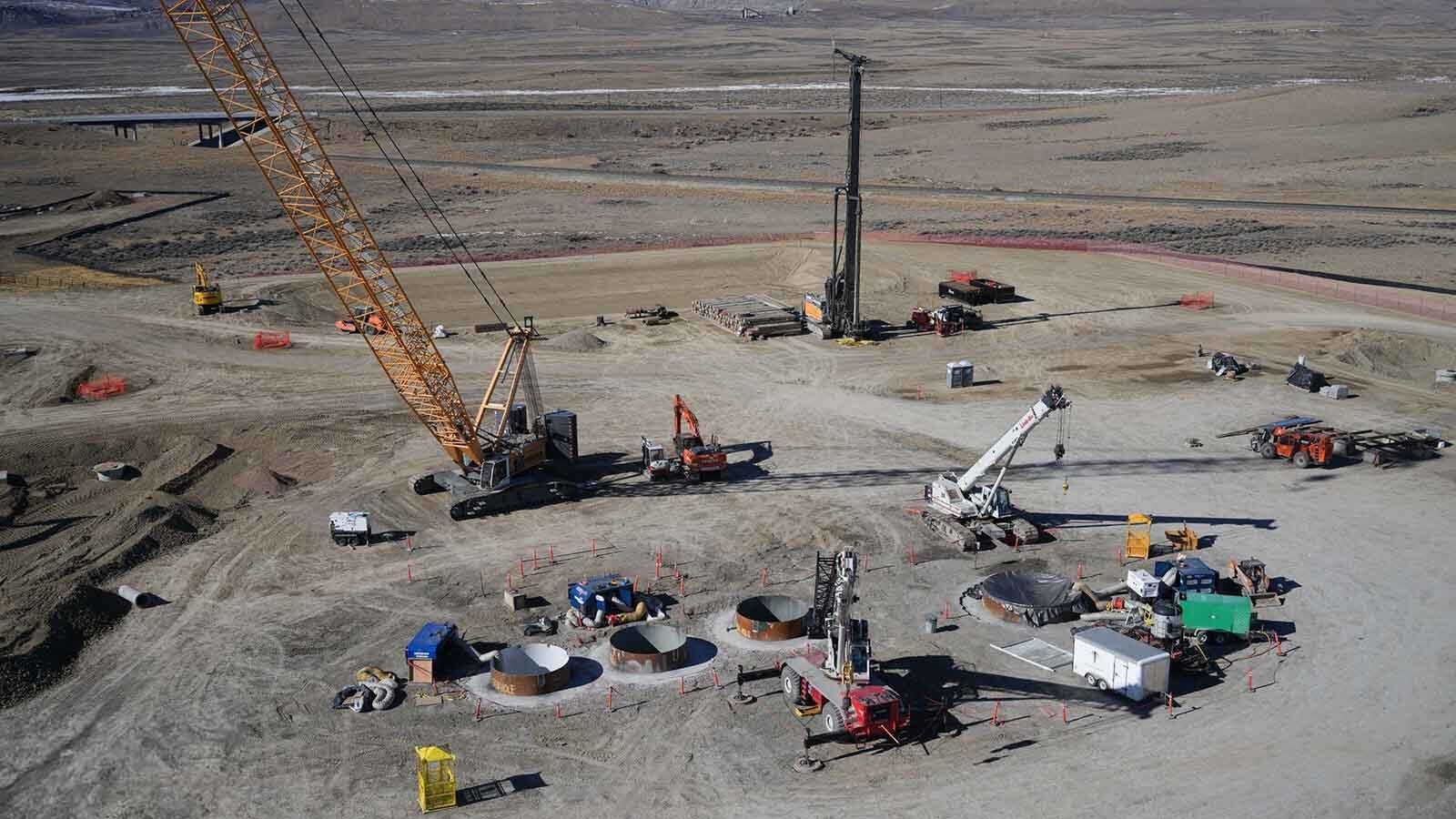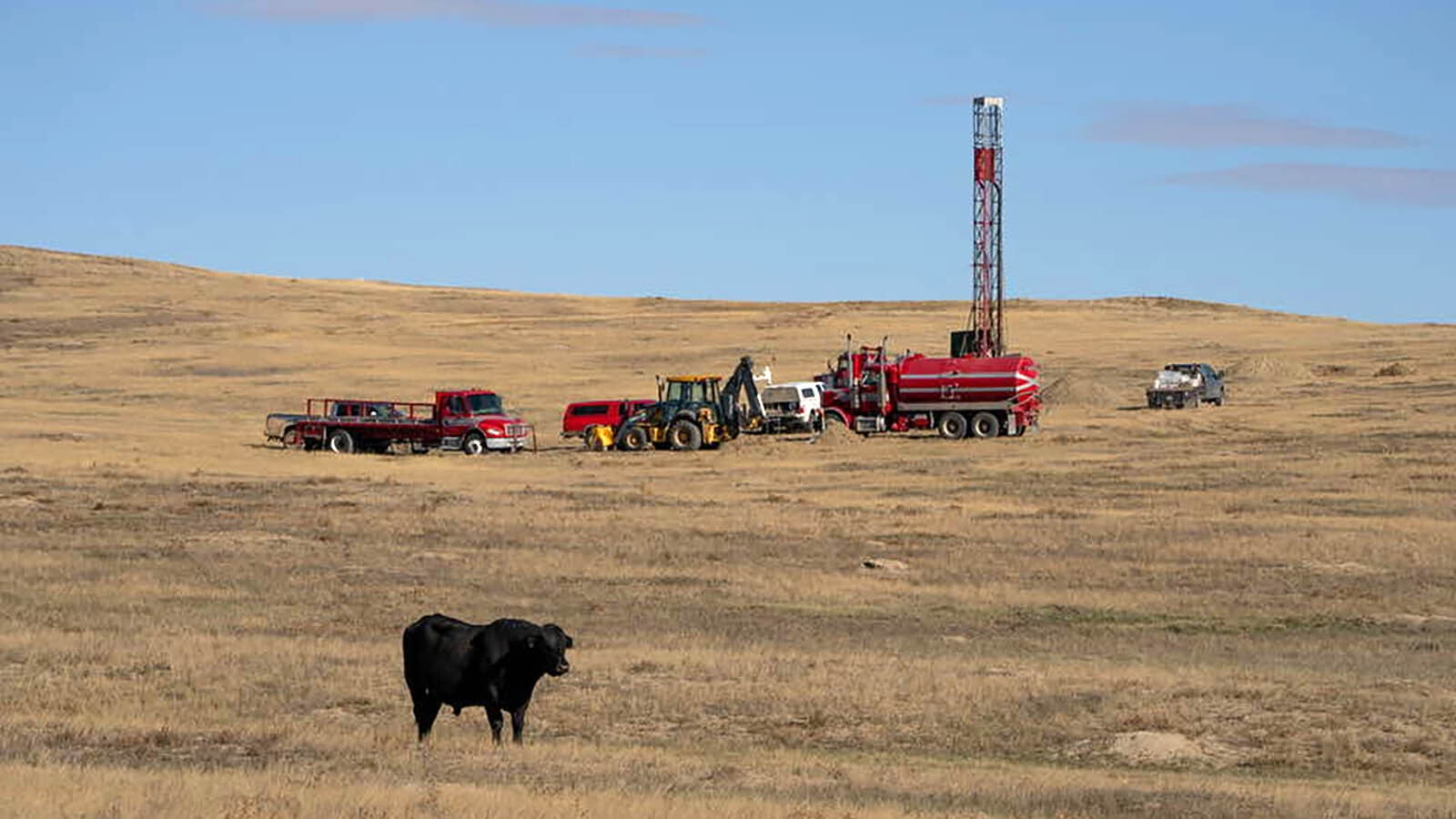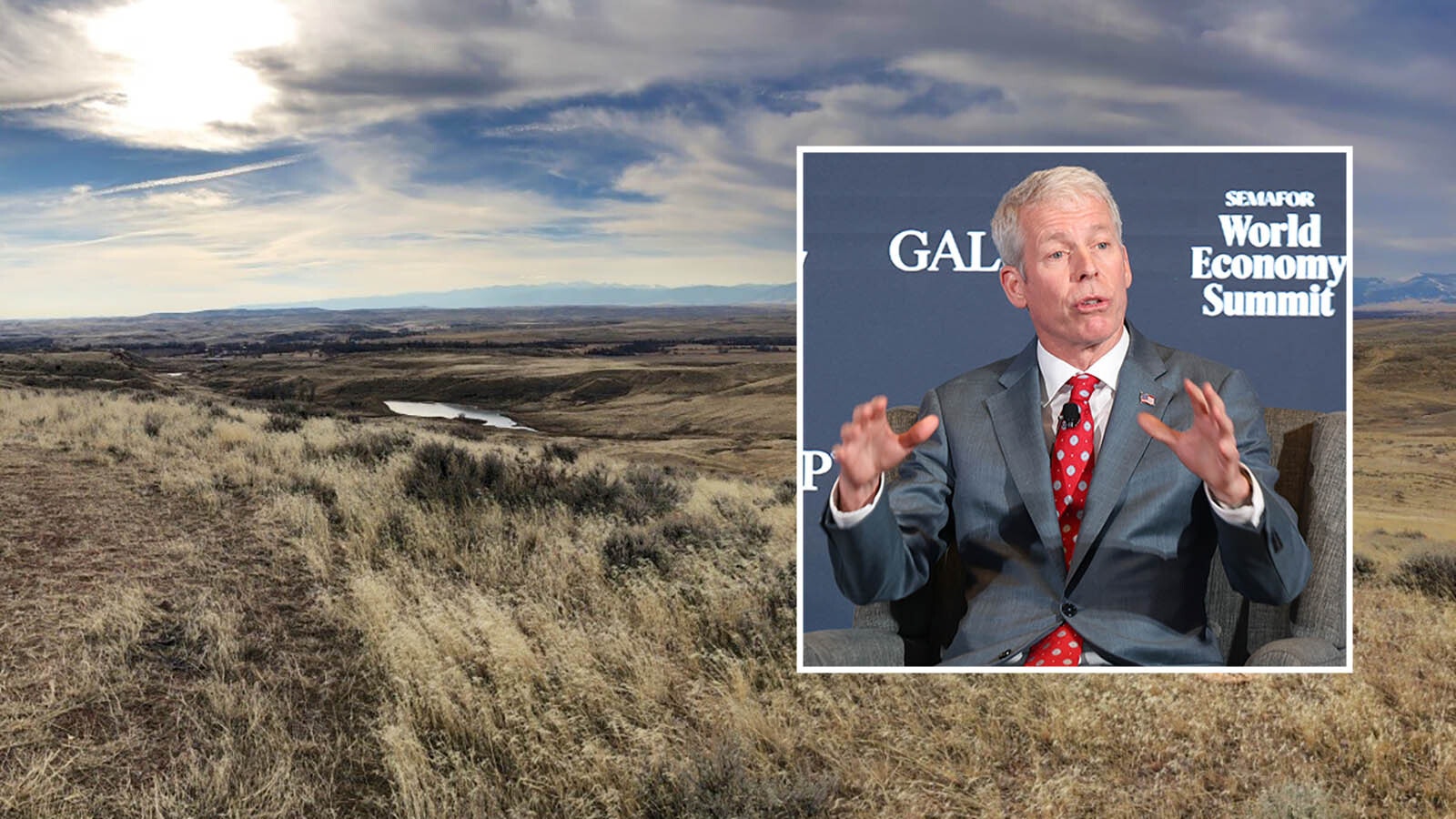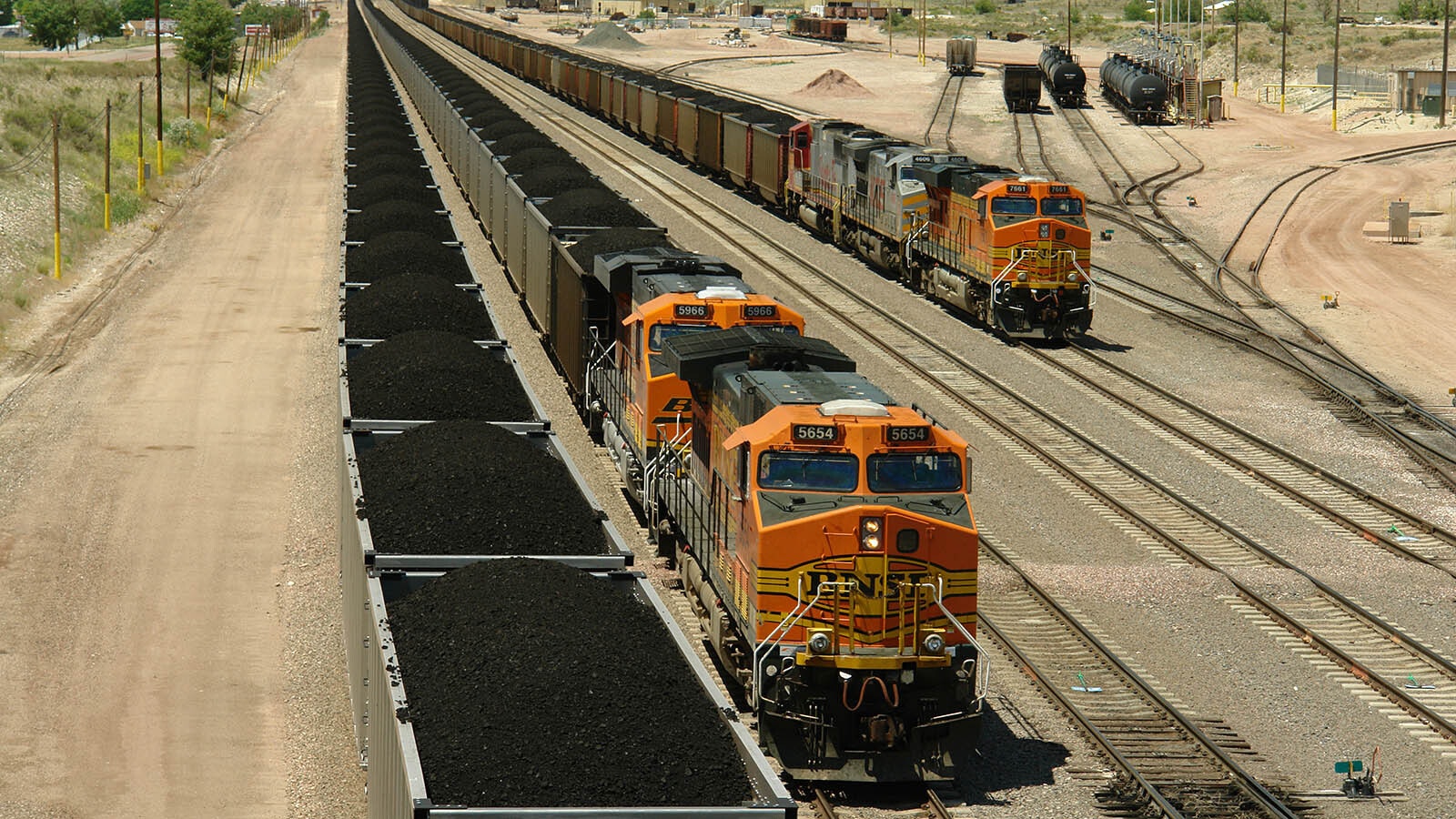Erik Nygaard, director of product development for BWXT Advanced Technologies, said the problem with how people go about solving energy problems today is they’re not addressing the root objective.
During a presentation at the Wyoming Energy Authority’s Next Frontier Energy Summit on Wednesday, he talked about a school district that bought a fleet of electric buses to cut down on the district’s carbon dioxide emissions.
They didn’t have sufficient power to charge the buses where the district is located. To address that issue, they also bought 30 megawatts’ worth of diesel generators to charge their fleet.
“That is irrational, and someone's making investment decisions that in the long term don't make sense for their objective,” Nygaard said.
All About Energy
BWXT Advanced Technologies is a company developing micronuclear reactors that produce carbon-free energy. These reactors produce 50 megawatts of electricity or less and can be built in factories.
The company has built 400 nuclear reactors that supply power for U.S. aircraft carriers and submarines, now it wants to expand to use that technology for industry.
Nygaard told Cowboy State Daily that the prospects of siting one of its reactors in Wyoming is good because the state is “very holistic” in its approach to energy.
“Everybody here is all about energy,” he said.
During his presentation, he said about half the global energy consumption is in the form of heat. Most of that is for industrial purposes, and almost all of it comes from fossil fuels.
About 80% of the heat used for industrial purposes is below 300 degrees fahrenheit, Nygaard said, and trying to electrify all that would be expensive. In some cases, it’s just not possible.
Microreactors could possibly meet those needs, Nygaard said.

Flexibility
The reactors avoid some of the problems that large, conventional reactors encounter. They are large civil projects requiring extensive permitting requirements.
The new units at Plant Vogtle southeast of Augusta, Georgia, began construction in 2009, and just began operations this year after a series of delays. The project costs ballooned to $34 billion.
“These microreactors flip that on its head,” Nygaard said.
They build the components in a factory, and they work on small sites that contain the risks, he explained. They have smaller staffing requirements and can be built for specific uses — for example, a school district that needs to charge a fleet of electric buses.
And they can be scaled up. So, it’s possible to get one reactor running and then add more units as they’re needed.
Because they’re in remote locations, the microreactors don’t necessarily need a lot of transmission lines and other infrastructure to support them.
Small Footprint
The reactors can be used to generate electricity for something like a data center, or they can supply heat directly for an industrial purpose.
One of the problems with wind, solar and biomass is the enormous amount of land they take up. Land-use issues are making headlines as wind and solar farms bump up against population centers.
Energy expert Robert Bryce keeps a running tally of the wind and solar projects rejected since 2013. The list totals 500 projects since 2013. A decade ago, there were just a handful. Last year, there were nearly 140.
A recent study in Scientific Reports calculated that supplying all the world’s electricity needs with nuclear power would require 8,000 square miles, about the size of Carbon County.
Nygaard said BWXT is working on a Department of Defense project that will be a 1- to 5-megawatt reactor that will fit inside a 20-foot shipping container. They’ve ordered $40 million worth of components for the project.
“A lot of the hard lessons learned that it’s going to take to get these advanced reactor systems across the finish line are already happening today,” Nygaard said.
Different Approaches
The plan is to build the reactor in Lynchburg, Virginia, and then prototype it at the Idaho National Laboratory in Idaho Falls, Idaho.
There are other companies building advanced nuclear reactors as well, such as Oklo, which is building reactors similar in size to that of BWXT’s. They run on recycled nuclear waste.
Nygaard told Cowboy State Daily the only thing these various projects have in common is they’re all nuclear reactors.
Applications vary, as well as their technological approaches.
“Everybody’s end-use case that they’re trying to target is different,” he said.
The BWXT’s reactors run on TRISO fuel, which are particles of uranium, carbon and oxygen fuel in a kernel encapsulated in a ceramic and carbon container, which prevents the release of radiation. They’re about the size of a poppy seed.
Kevin Killough can be reached at Kevin@CowboyStateDaily.com.





